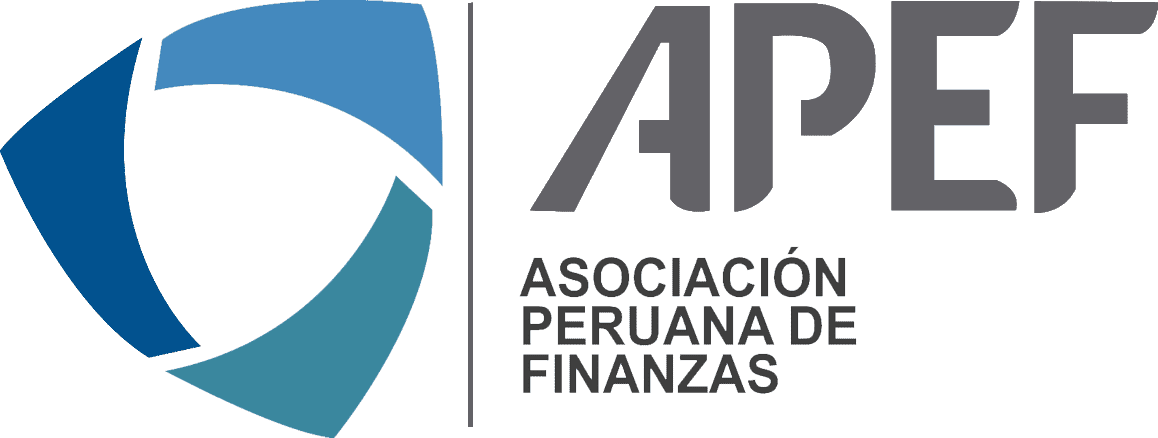
We keep our ear to the ground for the interesting stats, insights and discussion points you need to feel in the know and shape the future with confidence.
1. Survey says

In today’s wild business climate, CEOs are grappling with trade wars and tariffs, making strategic leadership a must. While many are itching to dive into mergers and acquisitions (M&A) for long-term gains, they’re also treading carefully due to shifting trade dynamics. It’s a bit like déjà vu, echoing past crises like the 2008 financial crash or the COVID-19 pandemic. But the savvy CEOs aren’t just sitting back; they’re seizing the moment, reshaping their operations, and freeing up capital for growth. Leaders are adapting their strategies to tackle geopolitical risks head-on, according to the latest EY-Parthenon CEO Outlook Survey. In a world of trade shocks and uncertainty, smart CEOs are turning chaos into opportunity while shaping the future as they go.
CEOs navigate M&A landscape shaken by tariffs and trade
2. Bold moves, steady hands

Private equity is off to a roaring start in 2025, with a whopping 45% jump in deal volume thanks to a hefty $1.6 trillion in dry powder. But to no one’s surprise, rising trade tensions have investors feeling a bit cautious. On the bright side, many firms are feeling bold and willing to take more risks, especially in growing areas like Aerospace and Defense, which are poised for growth due to current geopolitical trends. As investors navigate these uncertain times, it makes you think: how do we chase growth while keeping things steady in such a shaky environment?
3. Playing the long game

After a solid rebound in 2024, US dealmaking is starting to cool as economic headwinds, rising tariffs, and policy uncertainty weigh on business confidence. Corporate M&A activity is expected to hold steady in 2025, while private equity may see a modest 1% bump. Slower GDP growth, volatile markets, and unclear trade policies are prompting many companies to hit pause on major investment decisions. That said, some sectors like private credit and defense are emerging as bright spots, offering opportunities for savvy investors willing to navigate the uncertainty and play the long game.
M&A outlook signals more subdued US deal market activity in 2025
4. Risky business

It’s a crisp autumn day in Frankfurt, and Maya, who manages the RiskAI Hub at a big consumer products company, gets an alert from her AI assistant, Orion. There’s a spike in negative social media chatter about a key supplier in Southeast Asia due to a chemical spill, and Orion is on it, predicting potential supply chain disruptions. This is the future of third-party risk management (TPRM). No more waiting for annual assessments; now, it’s all about real-time monitoring powered by AI. With operational and cybersecurity risks on the rise, companies are feeling the heat to streamline their TPRM processes. Long story short, AI saw it coming before you did. Real-time risk management is here—are you ready for the next crisis?
How AI transforms third-party risk management
5. Slow and steady wins the Fed

The Federal Reserve, or “the Fed”, is the U.S. central bank, and one of its main jobs is to keep inflation in check while making sure the economy stays healthy by setting interest rates, which affect how expensive it is to borrow money. The Fed is expected to keep interest rates steady at 4.25–4.50%, taking a cautious approach as it waits to see how earlier rate hikes are impacting the economy. Even though the job market looks strong, recent trade tensions, a weak GDP report, and falling business confidence suggest the economy may be more fragile than it seems. Inflation is cooling down gradually, but the Fed still wants to be careful. While the market is hoping for four rate cuts this year, the Fed may only see two happening later in 2025. For now, it’s a balancing act to support the economy without letting inflation get out of control.
Fed to adopt a wait-and-see approach as economic data shows what could have been
If you do one thing:
Remember, slow and steady wins the race.

